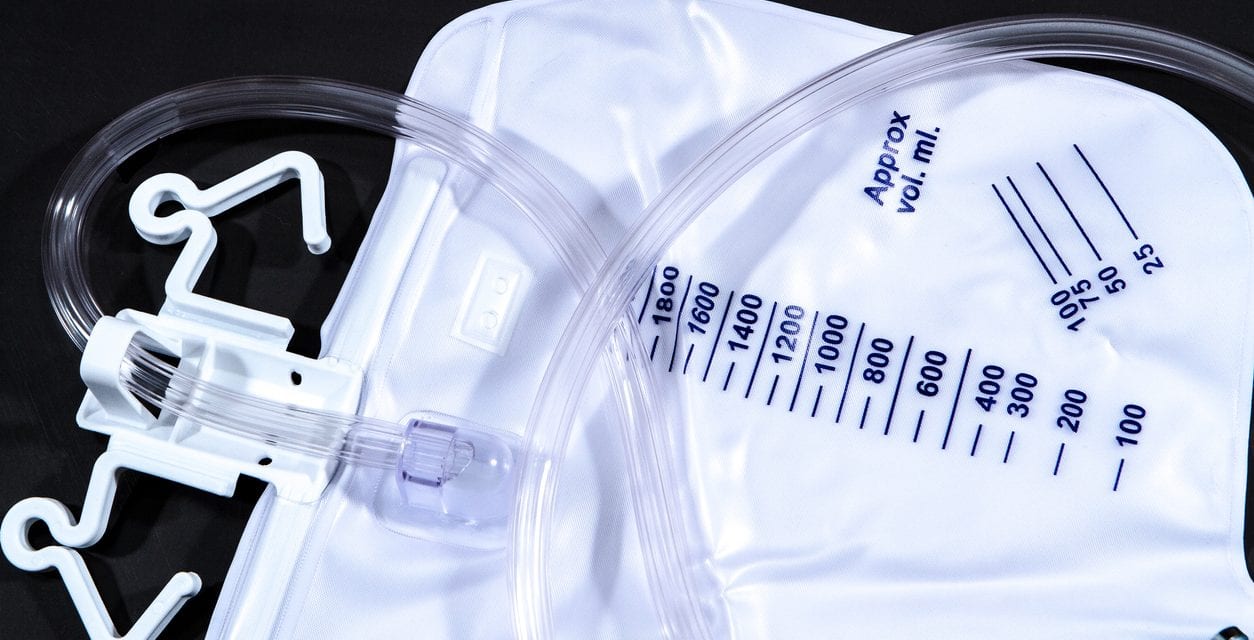Why EVA Is Growing, and Why It Might Be the Right Choice For You
For years, PVC has been a ubiquitous material used on job sites and in products across industries. Its versatility is well-documented, and its low price point makes it accessible to budgets of all sizes. However, as concern for the type of materials people use in their daily lives has grown, new alternatives have been developed, including Ethylene Vinyl Acetate (EVA).
EVA provides increased strength compared to PVC, but it is void of plasticizers found in the latter. As regulatory changes loom, it’s a perfect time to consider transitioning to the emerging material that is EVA.
Features and Benefits
EVA is a copolymer of ethylene and vinyl acetate that creates a robust and clear-colored thermoplastic. The material is tougher than traditional PVC and performs well in both hot and cold temperatures. It’s particularly effective in harsh weather conditions due to its high tolerance to punctures and cold cracking. It can also endure temperatures in excess of 150°F.
This material is also a natural partner to glass and solar projects because of its clarity and adhesion. When used to protect solar panels, EVA allows more sunlight to pass through while still providing high-quality protection.
Growth of EVA
According to Plastic Insight, the global market for the material is forecasted to grow by more than $10 billion in the next three years. This would more than double what the total market was in 2016. Businesses are clearly seeing the benefits of EVA.
The diverse use cases for EVA are driving growth, as well as the continued fall in price as more of it is produced. Everything from solar panels to running shoes are incorporating EVA, and the fact that it is more of an eco-friendly material than PVC is making it a more attractive option.
Moving Ahead
While regulatory concern will always push businesses to refine or change the way they operate, that isn’t the only reason the market is shifting to EVA. The material performs well in RF and heat-sealing converting processes because of its superb bonding strength. In most cases, strength comes with a compromise in weight and flexibility, but EVA as a material is 30% lighter than PVC. While it’s true that for many projects, there’s no wrong choice between PVC and EVA; however, the majority of momentum and innovation is taking place with EVA.
Presco added EVA film extrusion in 2017. As an industry leader, the company knows whether PVC or EVA is the right choice for your specific project needs. Whether it be medical drainage bags, inflatables, consumer products or any number of applications, Presco can provide the right material for you.
To learn more about Presco’s EVA film, click here.

